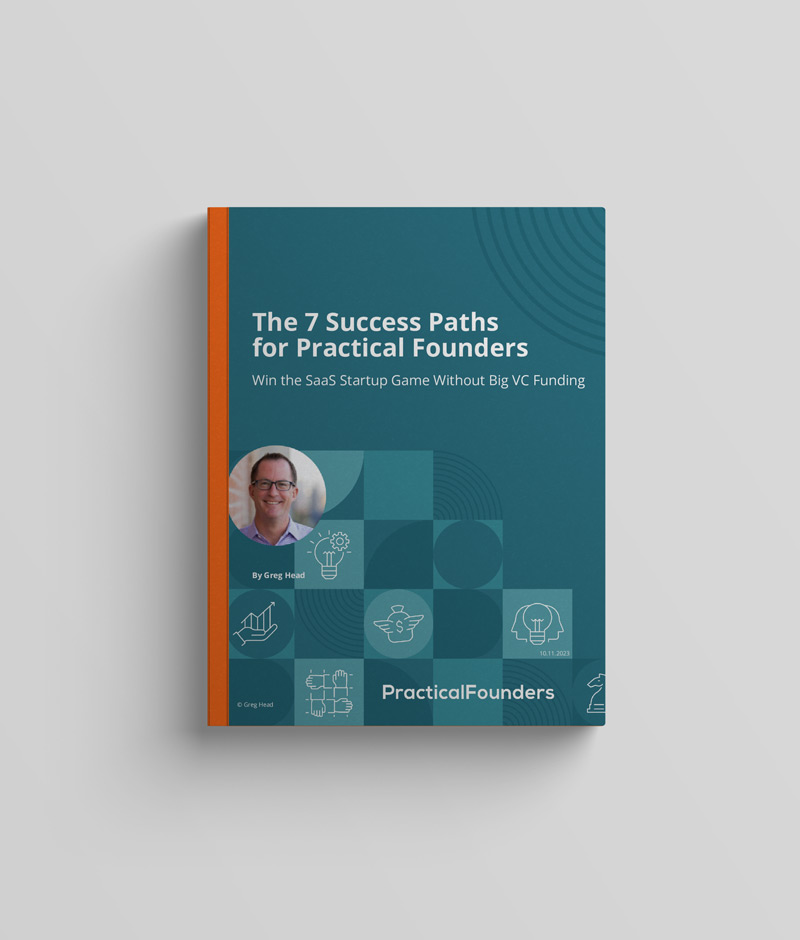An old term has become more popular in the last year to describe a style of software companies of all sizes: Capital Efficient. It can mean 3 very different things for SaaS founders in 2024:
1) Most VC-funded software companies that gorged on easy funding at high valuations in the 2020-21 boom are not able to raise another funding round.
They have to “get to breakeven” and stop the cash bleed through layoffs and drastic product and marketing spending cuts.
Capital efficiency is like going on a diet for this crowd. It’s temporary, painful, and won’t last. It’s not what they will do every day forever as the deep DNA of their decision-making and execution.
Most VCs can’t make money on these capital-efficient companies that grow slower (20%-50%) and don’t require more investment. So this won’t last for the unicorn hunters looking for blockbuster hits. Capital efficiency = death when you have blockbuster expectations, almost always.
2) Practical SaaS founders who are bootstrapped or have little practical funding are capital-efficient by necessity.
They can’t spend much more than the cash coming in after they get going. These founders don’t use the term “capital efficient.” It’s their own money they are spending, most of the time, so it’s not capital–it’s just precious cash.
Ask a practical founder what they would do with a $10M investment; they are likely to shrug and ask, “Why would I do that?” Why wouldn’t I find a better way to grow that isn’t so expensive?
3) There is a growing set of practical funders who invest in bootstrapped companies or lightly funded software companies. More private equity-ish and less moonshot venture capital.
These funders include growth equity investors, seed investors who openly declare their capital-efficient focus, and angels who aren’t looking for mega-returns too quickly. Also, SaaS debt and royalty-based funding (RBF) providers that fund disciplined SaaS businesses with above $1M ARR.
They use the term capital efficiency in its true sense: a little outside capital that creates outsized revenue impact. These software companies have raised far less funding than their overall revenue.
It could be one-and-done funding, or a little primary outside funding, or even debt to grow faster. Typically it takes less than $3M or $5M to accelerate growth for a specific reason.
These SaaS companies tend to be steady growers with a disciplined business approach and solid metrics. They aren’t unicorn chasers, and they aren’t trying to risk their company to get big funding.
Watch how founders and funders use the term “capital efficient.” It means different things to different people.
There is still a place for moonshot, bet-it-all, capital UN-efficient growth in software these days.
It’s just a very small place with very few big winners.
#practicalfounders


